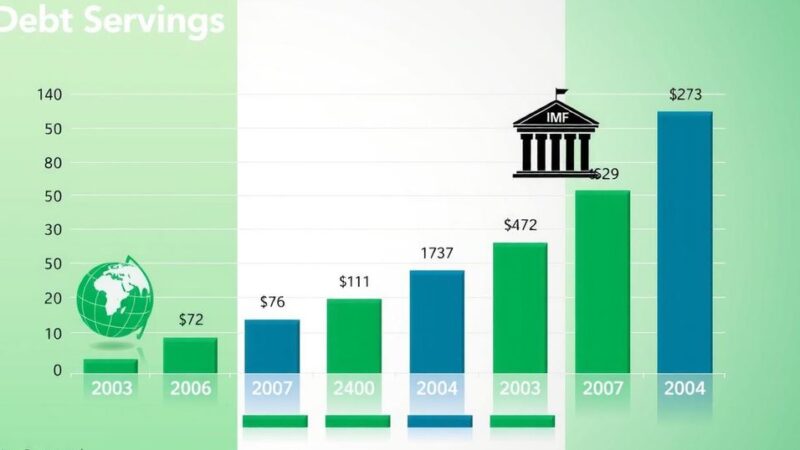Tunisia aims to boost phosphate production to 14 million tonnes by 2030, discussed in a cabinet meeting led by Prime Minister Kamel Madouri. The government approved a program focusing on production, transport, and processing improvements, and outlined plans for new industrial units and upgrades to existing facilities.
Tunisia is setting ambitious goals to enhance its phosphate production, targeting an annual output of 14 million tonnes by the year 2030. This initiative was discussed during a cabinet meeting led by Prime Minister Kamel Madouri on Wednesday, September 5, where strategies for the phosphate sector from 2025 to 2030 were formulated.
The government meeting resulted in the approval of a foundational program aimed at production, transportation, and processing. Additionally, the establishment of monitoring mechanisms to ensure the effective implementation of these plans was emphasized. Key decisions include upgrading sulfuric acid units to enhance their efficiency and instituting a maintenance program for heavy machinery and trucks.
Moreover, a new industrial unit will be established in Skhira dedicated to producing finely ground single superphosphate and granulated calcium phosphate, with a projected capacity of 250,000 tonnes annually. Another unit will focus on purified phosphoric acid production, with a capacity of 60,000 tonnes per year, alongside a cadmium removal unit in M’dhilla designed to purify phosphoric acid at an output of 180,000 tonnes annually. Plans are also in motion for developing green ammonia projects and introducing tax incentives among other supportive measures.
In conclusion, Tunisia’s initiative to boost phosphate production underscores its commitment to enhancing the efficiency and output of its phosphate sector by 2030. By implementing various infrastructure improvements, creating new industrial units, and exploring sustainable practices like green ammonia, the country is poised to strengthen its position in the global phosphate market.
Original Source: anba.com.br






